Wide Open Spaces – Richmond Hill
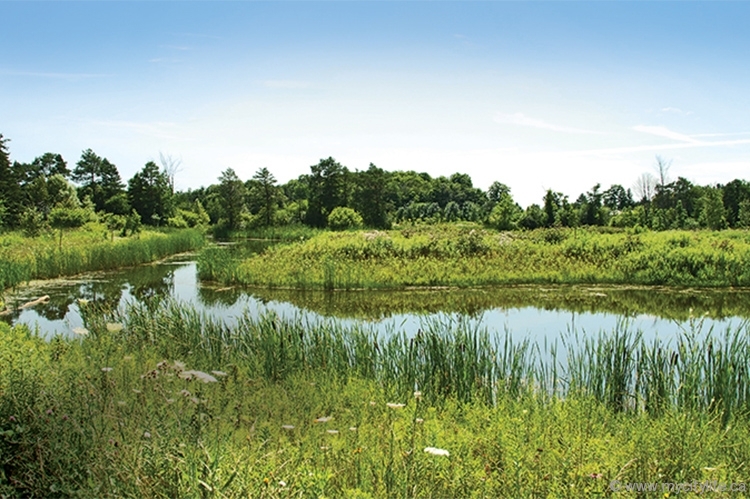
Richmond Hill wants to protect its parkland, and it’s sparked a feud between the municipality, developers and the OMB that’s captured the attention of the whole province. City Life steps into the entanglement to find out if one of the GTA’s greenest suburban towns will stay that way.
It’s a sunny May afternoon, and I’m the sole soul taking advantage of the natural majesty that is Richmond Hill’s Phyllis Rawlinson Park, with its wooden bridges crossing gurgling brooks and quiet ponds lined with cattail rushes, all drenched in yellow sunlight.
I’m not used to this solace. I hail from the heart of Toronto, and on a nice day like this, any pocket of parkland in the city would be completely absorbed by nature-starved urban folks — businesspeople on their lunch breaks, hipsters napping on their picnic blankets and families who don’t have their own backyard.
The thing is, once a city is devoured by development, people miss the greenery they’d always taken for granted, and start viewing whatever small patches of grass and shaded areas they have left as treasures, luxuries. It’s a classic case of “you don’t know what you have until it’s gone.” And with nature, once it’s all spent, there’s no getting it back.
No one expected this scenario to repeat itself in a parkland-saturated suburb like Richmond Hill, but alas, the beautiful GTA town has succumbed to Mother Nature’s age-old scrap with real estate developers. In order to stick to Ontario’s growth plan, Richmond Hill is expected to become the launch pad for new condominiums, townhouses and other residential projects in the next year alone. And as much as it’s important for Ontario’s towns and cities to take these steps and ultimately help our country blossom economically, the Ontario Municipal Board is missing one important factor: if we let these (often unnecessary) developments suck up all of Richmond Hill’s open spaces, there won’t be much left to blossom at all.
But the issue is much deeper than the storied “nature vs. real estate” feud — it’s evolved into a political storm. It began in April of 2013, when two big ideas were approved by the Ontario Municipal Board (OMB): first there was the Richmond Hill Parks Plan, which determined that for the next two decades, the town would need one hectare of parkland per every 300 residential units developed; and then there was the Parkland Dedication By-law, meant to keep that number in check. Very straight-forward stuff, but things got complicated when some local developers went to the OMB to dispute that rate, and the OMB agreed with them, deciding to lower it to one hectare per every 500 units and cap the maximum amount of parkland or cash-in-lieu that Richmond Hill receives from developers.
In other words: Developers — 1. Nature — O.
But the Mayor isn’t having any of it.
“It says in the Planning Act that that’s what we’re entitled to,” says Richmond Hill Mayor Dave Barrow. “So we took it to court to say that we think the OMB overstepped its bounds here and that quite frankly, we want the board’s decision overturned.”
It’s now a few days after my hike on the trail, and I’m chatting with Mayor Barrow about this political tangle that’s got most of Southern Ontario talking. This municipal leader is widely loved — the fact that he’s been in office since 2006 is proof enough of that, and is also evidence that he, of all people, knows what’s best for his town. And that’s why he’s decided to appeal the OMB’s decision to essentially let the developers take the lead in determining the fate of Richmond Hill’s parkland.
It’s about trying to create a community that has a place to go for a walk, a place to ride your bike, a place to take your kids
— Richmond Hill Mayor Dave Barrow
On April 19, the Ontario Superior Court of Justice granted Richmond Hill’s appeal, and Mayor Barrow is hoping that this will all be resolved by the end of 2016. And the desired outcome? First, that the town will acquire the right to decide the fate of its parkland, not the OMB — because really, a municipal government knows more about its own landscape than the provincial. Second, that this might trigger a reform in the OMB, something that Ontarian communities have been whispering about for some time now, after similar situations have cropped up in other suburban towns and cities.
“It’s about trying to create a community that has a place to go for a walk, a place to ride your bike, a place to take your kids, a place to take your boyfriend, girlfriend on a picnic, a place to get away,” says Mayor Barrow, who himself savours a daytime bike ride. “Your lifestyle shouldn’t always have to be on the treadmill in the basement of your condo.”
Perhaps that was part of the OMB’s reasoning for initially siding with the developers. Why make room for parkland when suburban residents don’t use it to its full potential? After all, with the advanced amenities that are often found in these new developments, the modern-day lifestyle can be almost completely contained within an 800 square-foot unit. If my trip to the deserted Phyllis Rawlinson Park can attest to anything, it’s that GTA dwellers need to start taking advantage of their ample green space — especially now, in the midst of this local revolution — which their tax dollars are paying to keep lush and pristine.
The buzz generated by Richmond Hill’s fight for its parkland isn’t the only one making waves: as of this May, Ontario is proposing to grow the Greenbelt — the permanently protected stretch of nature that snakes through most of Southern Ontario, and touches down in Richmond Hill in the form of the Oak Ridges Moraine. Like with Richmond Hill’s own battle with the OMB, this proposal will be thoroughly mulled over throughout the rest of the year.
As other Southern Ontario municipalities look on, the debate between the Town of Richmond Hill and the OMB is especially poignant for Vaughan, one of the province’s fastest-growing cities and no stranger to the condo boom. Maybe, with local parkland so close to the chopping block, more people in our suburban towns and cities will be inspired to close the laptop, put down the PS4 controller and step outside. But for now, it’s wide open.
“We spent a lot of time here in Richmond Hill trying to make those paths connect with each other so you can actually travel all the way down from the North of Elgin Mills to Highway 7,” says Mayor Barrow. “You can follow all the trails through the river system. It’s a way of connecting the community, which is important also. And I think that’s what people enjoy.”
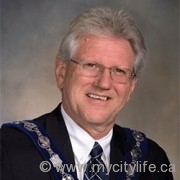
Richmond Hill Mayor Dave Barrow
PHOTOS courtesy of the town of richmond hill
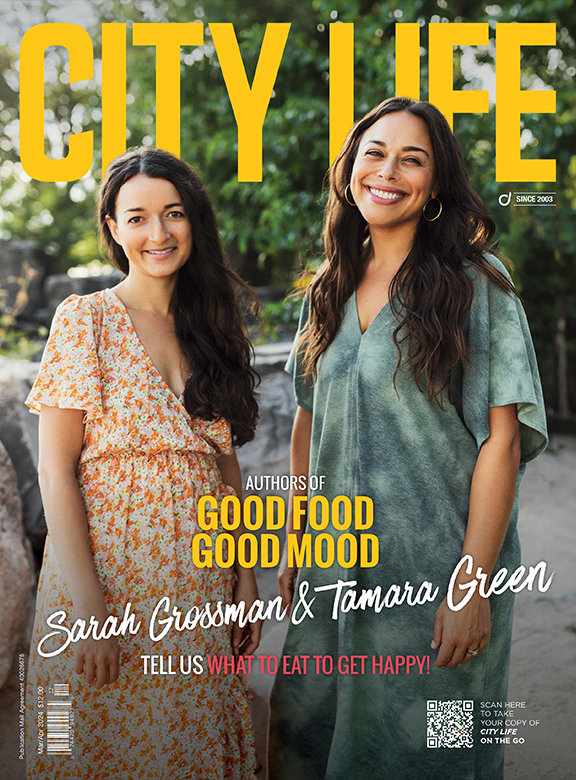




































































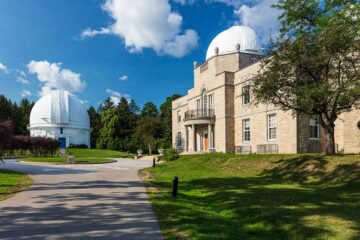
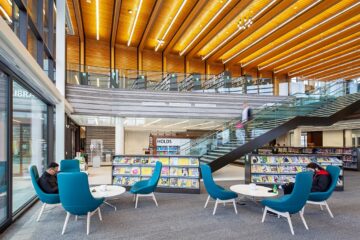

No Comment